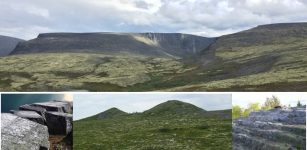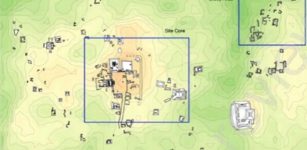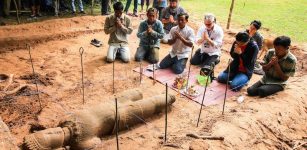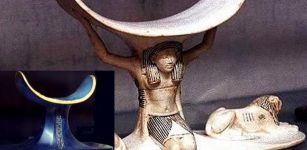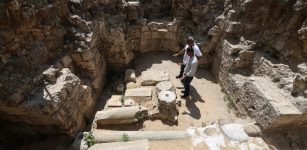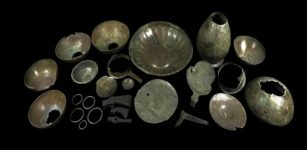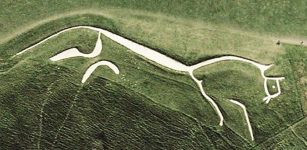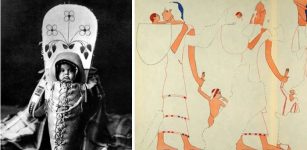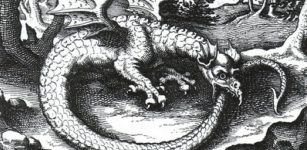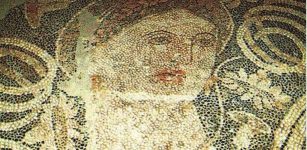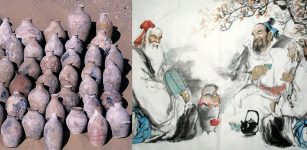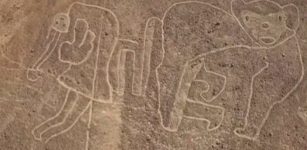Remarkably Well-Preserved 1,900-Year-Old Chinese Bronze Mirror Unearthed In Japan
AncientPagers.com - A well-preserved and rare 1,900-year-old mirror has been found at the Nakashima archaeological site on the southern island of Kyushu, reports The Asahi Shimbun.
It was unearthed at a depth of some 2 meters beneath a former village site, along with other earthenware at the Nakashima archaeological site, which was part of the Na state during the late Yayoi Pottery Culture period (300 B.C.-A.D. 300).
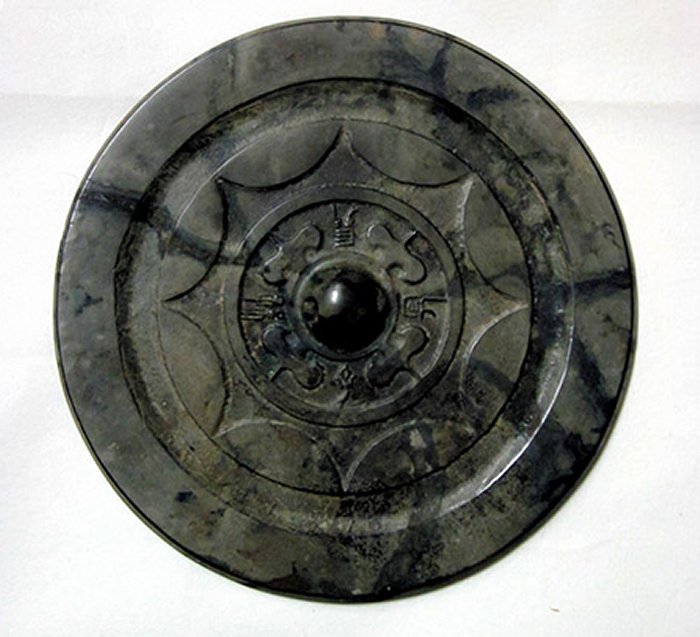
This Chinese-made mirror from the Yayoi Pottery Culture period (300 B.C.-A.D. 300) was unearthed whole from an archaeological site in Fukuoka. (Shunsuke Nakamura)
The bronze mirror is believed to have been made in China during the later Han Dynasty, between 25 and 220 AD.
It measures about four and one-half inches (11.3 centimeter) across, and has an inscription “to benefit future generations forever” (“chang yi zisun”).
The Asahi Shimbun writes that most ancient mirrors dated to similar periods are typically found broken and covered with patina.
However, this one was found intact and without a patina and in such good condition that it still reflects the viewer’s face, albeit vaguely
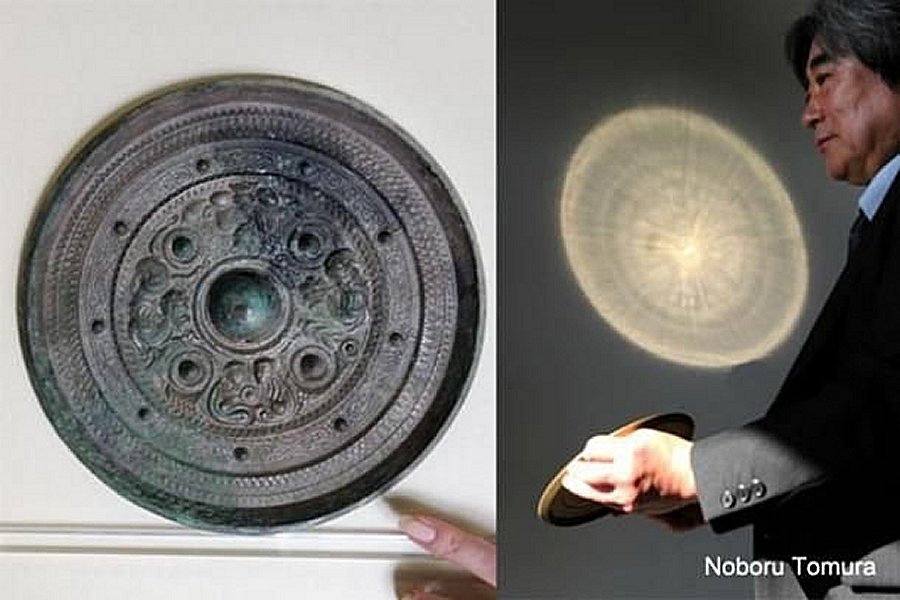
When sunlight reflects off the surface of the replica of a Sankakubuchi Shinjukyo mirror, patterns engraved on the back are projected on a wall at the Kyoto National Museum on Jan. 29, 2014
It is believed a humid environment prevented it from oxidation, according to experts.
See also:
Mystery Of Ancient “Magical” Mirrors – Some Of The Strangest Objects In The World
Ancient Pages reported earlier that similar ancient mirrors were discovered in ancient Japan. Japanese archaeologists recovered 33 bronze mirrors from a third-century AD. keyhole-shaped burial mound in the Yamato region in central Japan, stirring debate over a mysterious country called Yamatai and its enigmatic queen, Himiko.
It was an astonishing discovery because there are no Japanese sources that mention a queen named Himiko.
Original story – here.
AncientPages.com


